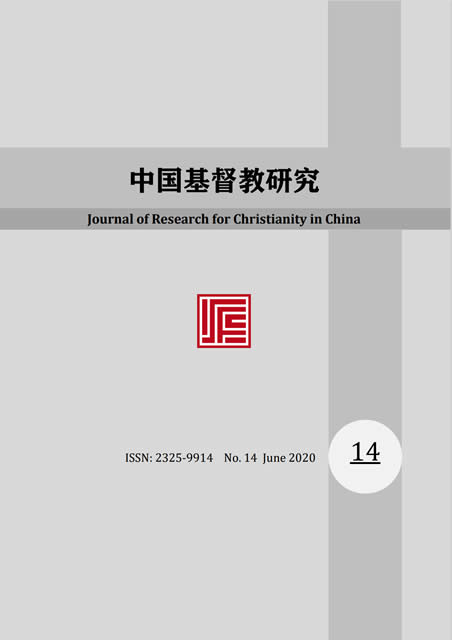Abstract
In the early days of the Japanese occupation, Taiwan’s old habits and Taiwanese writings, how to construct the relevant knowledge of the traditional society, how to change the norms and values, and finally transform the Taiwanese from the body to the mind. For the Japanese, it can be said that it is an important factor that cannot be ignored. From the physical manifestation of visual centralism, the knowledge and verbal regulation of the colonial government, to the struggle and displacement of the Taiwanese people's viewpoints, Taiwan's ethnographic writings in the Japanese occupation era have become an authoritative insight into shaping and interpreting the knowledge of the Taiwanese people. Behind the folklore knowledge of how the Taiwanese people's body is watched or monitored, it not only reveals the modernity that Japan has been pursuing since the Meiji Restoration, but also has an inseparable connection with the legitimacy of Taiwan's colonial rule.

This work is licensed under a Creative Commons Attribution-NonCommercial-NoDerivatives 4.0 International License.
Copyright (c) 2020 Journal of Research for Christianity in China (JRCC)
